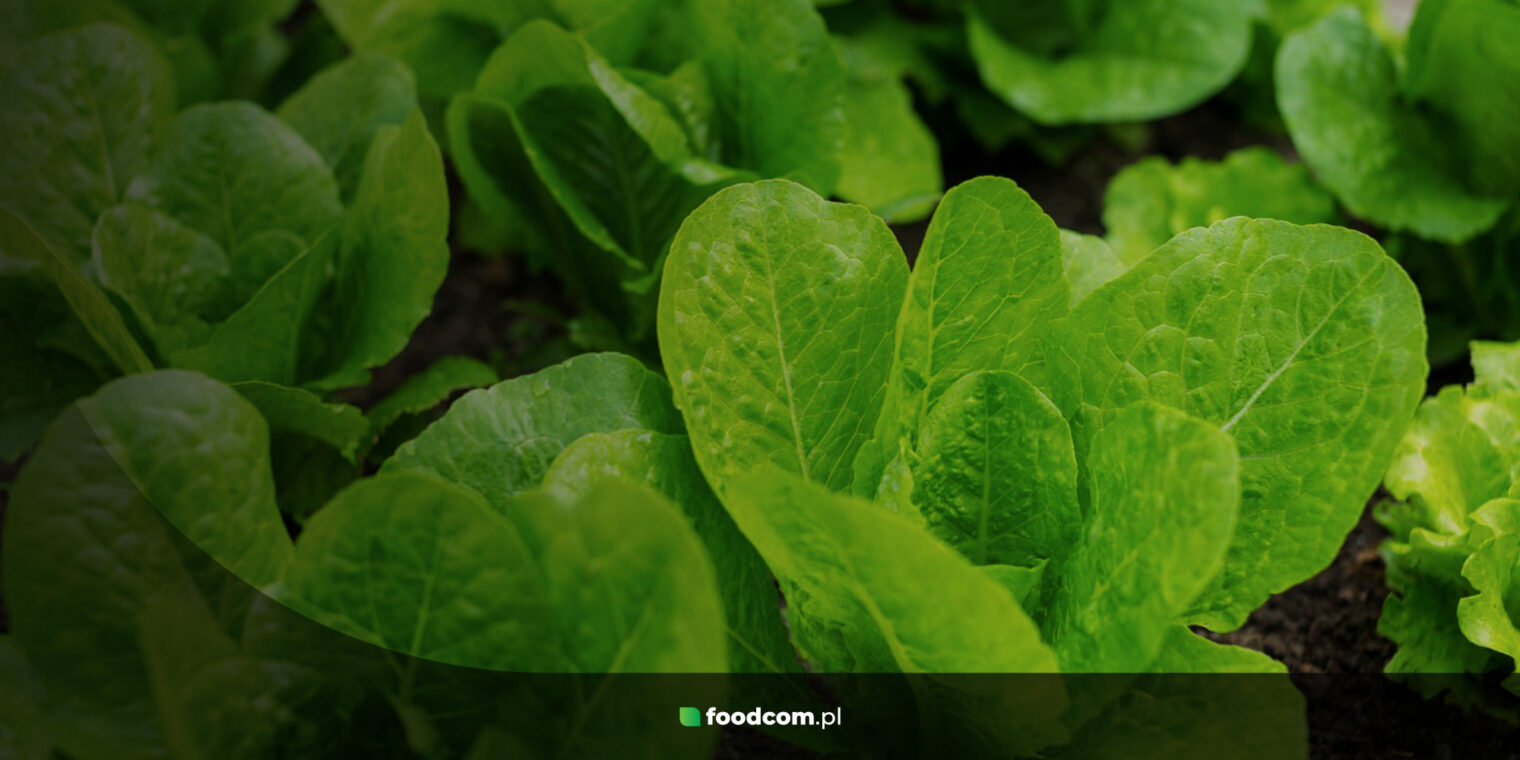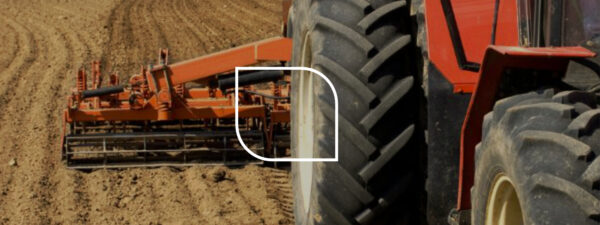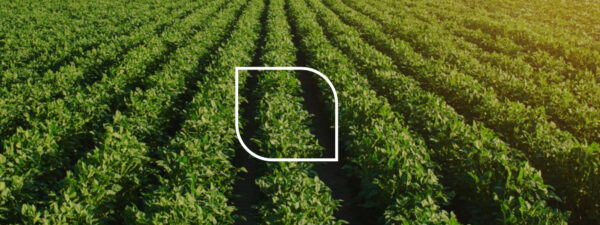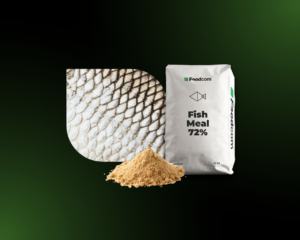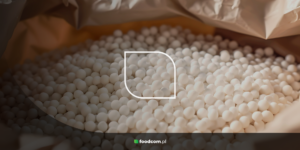- Fertilizers are divided into organic, mineral, and organo-mineral types.
- Organic fertilizers are made from natural organic matter of animal or plant origin.
- Animal-based fertilizers include manure, slurry, liquid manure, guano, bone or meat-bone meals, and fish meals.
- Nowadays, pre-processed fertilizers, such as in granulated form, are often used.
- Biocompost, plant compost, sawdust, garden bark, peat, lignite, and leonardite are also used.
- Additionally, urea or monocalcium phosphate can be supplementally used in combination with organic fertilizer.
- Organic fertilizers are used in organic agriculture, particularly in ecological farming, but also in fruit growing and in home vegetable and fruit gardens.
- Organic fertilizers are safe for plants, the environment, and consumers, also improving the taste of the crops.
Organic fertilizers
In agriculture, fertilizers have always been used to increase soil fertility and crop yield. In addition to the widely known mineral fertilizers, the market also offers organic fertilizers, which date back to the beginnings of agriculture. An undeniable advantage of these natural fertilizers is that they are environmentally friendly and safe for plants. What exactly are they, and what types of organic fertilizers are distinguished? Where can organic fertilizers be applied, and when is it worth using them?
What are organic fertilizers?
Organic fertilizers are made from natural organic matter containing carbon molecules. In the past, ash, river silt, plant debris, and animal manure were used to fertilize the soil. To this day, manure, slurry, and compost remain some of the most popular organic fertilizers widely used in agriculture and horticulture.
Organic fertilizers contain many nutrients essential for the proper development and functioning of plants. These primarily include macronutrients such as nitrogen, potassium, phosphorus, calcium, magnesium, as well as micronutrients: molybdenum, copper, manganese, and boron. However, these are not in quantities as precisely defined and tailored to needs as in the case of mineral mixtures.
Types of organic fertilizers
There are various types of organic fertilizers, and their classification is usually based on their origin. Thus, we distinguish between animal-based, plant-based, and organo-mineral fertilizers. Different organic fertilizers have different compositions and proportions of compounds. The selection of the appropriate fertilizer is conditioned by the type of plant being cultivated and the characteristics of the soil. Most often, in order to choose the right organic fertilizer, farmers collect soil samples which are then analyzed for their composition.
Animal-based organic fertilizers
Animal-based organic fertilizers primarily include cattle, horse, pig, or poultry manure, slurry or liquid manure, bone or meat-and-bone meal, fish meal, and biohumus.
Biohumus is created by the decomposition of organic matter through microorganisms and the digestive processes of earthworms. California red worms are most commonly used for producing biohumus. This fertilizer has a desirable structure and a high nutrient content. It is most often used in home gardens.
Fertilizers based on bird droppings, such as guano or bird litter, contain a very high concentration of easily absorbable forms of nitrogen, as well as calcium and magnesium phosphates. In the case of these fertilizers, unlike the safe biohumus, there is a high risk of over-fertilization. Often, bird litter is composted and pre-processed, for example, granulated chicken manure. Similarly, cattle, horse, or pig manure can be found in similar forms.
Bone meal or meat-and-bone meal, as well as fish meal, are also commonly used as organic fertilizers. These products are obtained from slaughterhouse waste (hides, meat, bones, blood, feathers).
Plant-based Organic Fertilizers
Plant-based organic fertilizers are primarily composts. Compost is plant material decomposed by microorganisms. It can be produced from various plant species and their parts, for example, stems and leaves, as well as from waste such as vegetable and fruit peelings and eggshells.
Sawdust or garden bark, often after prior composting, are also used as organic fertilizers. Urea can be added to the compost heap as a fertilizer that stimulates microorganisms to decompose substances in organic matter.
Less commonly used fertilizers include coconut fiber, which has the advantage of high durability lasting several years.
Organo-Mineral Fertilizers
Organo-mineral fertilizers are those in which an organic fertilizer is added to a mineral fertilizer produced from nitrogen, phosphorus, or magnesium. Mineral fertilizers can support and complement the action of organic fertilizers. In this role, urea and monocalcium phosphate, which are both available at Foodcom, are often used. Commonly used fertilizers also include mineral raw materials such as peat, brown coal, and leonardites.
Organic Fertilizer Producers
There are many organic fertilizers on the market for various purposes and from different sources. For individual use, well-known producers include Target, Florovit, and Agrecol. For farmers, one of the leading producers of organic fertilizers in Poland is Foodcom. Other producers include Agrecol, Polifoska, and Grupa Azoty.
The global organic fertilizer market continues to grow in value – it is expected to increase by 9% over the next five years. Key global producers of organic fertilizers are Coromandel, Deepak Fertilisers & Petrochemicals, E B Stone & Sons, Gujarat State Fertilizers & Chemicals, Nutrien, Yara International, and The Mosaic Company.
Application of Organic Fertilizers
Organic fertilizers are widely used in all types of cultivation, not just in field crops. They are also commonly used in fruit growing, greenhouse horticulture, and in home vegetable and fruit gardens. They are also popularly used for lawns and flower beds, in the cultivation of flowers, shrubs, and trees, as well as in hydroponic crops.
Organic Fertilizers in Agriculture
Organic fertilizers are popular in agriculture and the cultivation of edible plants. Vegetables, fruits, and grains treated with natural fertilizer are healthier and often taste better than those produced with mineral fertilizers. Organic fertilizers used in vegetables grown by organic farms enable them to obtain higher yields and product quality in a natural and environmentally friendly way for consumers.
The most commonly used organic fertilizers in agriculture include manure, slurry, as well as bone, meat-and-bone, or fish meal. Natural origin urea, which has a high nitrogen content without the side effects of other nitrogen fertilizers, is also used. It is most often applied foliarly in the form of sprays. Monocalcium phosphate from natural minerals can be a rich source of calcium and magnesium. The highest quality organic fertilizers used in agriculture can be purchased at the Foodcom store.
Organic Fertilizers at Home and in the Garden
In home gardens, compost is the most commonly used form of organic fertilizer. It can be easily produced by piling up biodegradable waste from the garden and kitchen. If we cannot create compost or the produced fertilizer is not sufficient to support all our plants, many organic fertilizers are available on the market, even for beginner gardeners. One of them is biohumus, which is also recommended for use with indoor potted plants. In home gardens, peat, or composted sawdust and bark are also commonly used. Urea can be used for lawns, ornamental trees, and vegetables.
Organic Fertilizers at Home and in the Garden
In home gardens, compost is the most commonly used form of organic fertilizer. It can be easily produced by piling up biodegradable waste from the garden and kitchen. If we cannot create compost or the produced fertilizer is not sufficient to support all our plants, many organic fertilizers are available on the market, even for beginner gardeners. One of them is biohumus, which is also recommended for use with indoor potted plants. In home gardens, peat, or composted sawdust and bark are also commonly used. Urea can be used for lawns, ornamental trees, and vegetables.
Organic Fertilizers in the Cultivation of Shrubs and Trees
Organic fertilizers used in horticulture most often come in granular and liquid forms, which can be easily applied in the cultivation of ornamental shrubs and fruit or decorative trees. Granules are simple to use – before sowing or planting, the fertilizer just needs to be mixed with the top layer of the soil. Fertilizers in this form are often pre-processed to reduce unpleasant odors, eliminate pathogens and weed seeds, and activate the mineral compounds they contain. In liquid form, there are several types of fertilizers, among which guano, or the droppings of sea birds, deserves attention. This fertilizer contains nutrients in high concentrations, so a small amount is sufficient to achieve the desired effect. This not only saves fertilizer but also reduces the unpleasant odor associated with its use.
Other Uses of Substances Used as Fertilizers
Compounds used as organic fertilizers often find other applications in industry and agriculture. Monocalcium phosphate and urea can be used in the food industry. Urea is also used in the production of cosmetics. Both of these substances, as well as fish and animal meals, are often used as an addition to feed due to their high content of easily absorbable nutrients.
In summary, despite their rich history and the alternatives offered by the achievements of the 21st century, organic fertilizers are still widely used in agriculture and horticulture. Their advantage is safety for plants and the environment, which is particularly important in organic farming. However, a disadvantage may be the unpleasant, intense odor resulting from fermentation or decay processes that organic matter undergoes. This can be reduced by using fertilizers after preliminary processing, in granular or liquid form.
